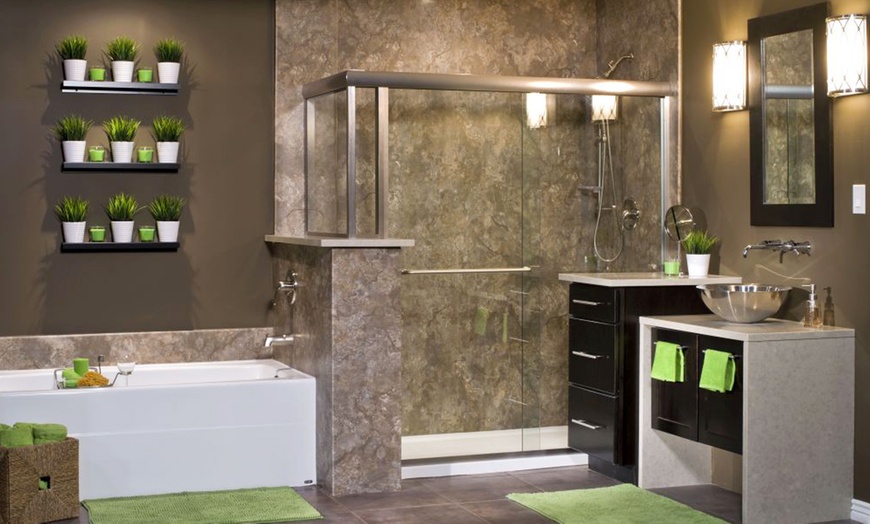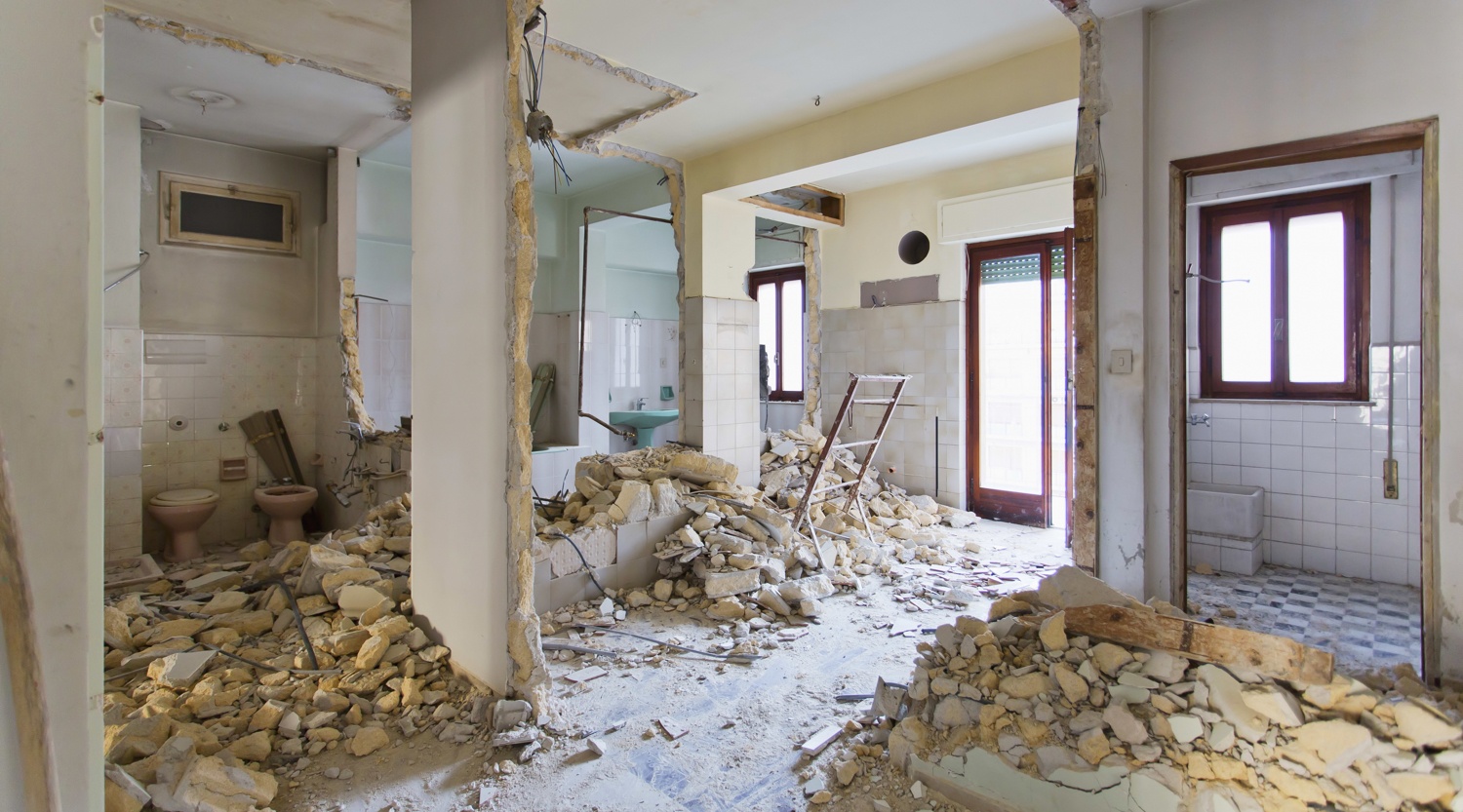
The stylish interiors of Leslie Saeta's My 100 Year Old Home have captivated millions of Instagram users, and her book, Home to Share, gives readers step-by-step instructions on how to create a gorgeous, comfortable home. Her book includes ideas for decorating outdoor spaces and entertaining. Leslie is a full-time lifestyle blog and shares tips on DIY projects as well as flea market shopping.
A 100-year-old house is a wonderful investment because of its charm, character and craftsmanship. These homes are often of historical significance. Although there are many benefits to owning an antique home, there are also drawbacks. The foundation or electrical issues of a 100-year-old house can be corrected with cosmetic solutions. It doesn’t matter how old the house is, the investment will be worthwhile if you are able to make the right decisions.

While old homes typically have pests, some of these can be harmless or even harmful. You can hire a professional pest management company to get rid of them. Mice can be quite annoying. Termites can prove to be a major problem. Although they are costly to remove, termites can cause serious damage that could lead to expensive repairs. It is important to hire a pest control company that has a reputation for providing thorough inspections and making sure your home is safe.
Old homes can also suffer from structural damage and have an outdated plumbing system. The supply and drain pipes should be made of brass or PEX, which lasts for fifty years. You can expect to pay hundreds of dollars to have the pipes replaced if they aren't up to standard. A new heating system or air conditioner will save you money in the long term. Then, you'll have to deal with the electrical problems and ensure that the home is fire-safe.
You are thinking about buying an old house? You should do your homework before buying it. First, consider the foundation of your building. A strong foundation will help prevent future damage. If there is a leak or crack in the foundation, you will need to get a structural engineer to inspect the entire house. If you're buying a 100 year old home, it will be worth the investment. You will regret later if you don't take precautions.

Homeowners don't need to sacrifice the beauty of their home. Focus on your family's comfort and the climate of your home. An air-conditioned house will be more energy-efficient. A building must also reduce its emissions of greenhouse gases. A well-maintained home will make you and the planet more money. Consider the cost of replacing your existing systems when renovating an older house.
FAQ
You can live in a house while it is being renovated.
Yes, you can live in your house while you renovate it.
Can you live in a house while renovations are going on? The answer depends on how long the construction work takes. If the renovation takes less than two months, then you can live in your house while it is being built. You cannot live in your house while the renovation process is ongoing if it lasts more than two years.
The reason why you should not live in your home when there is a major construction project going on is because you might get hurt or even killed due to falling objects from the building site. The heavy machinery and noise pollution at the job site can also cause dust and noise pollution.
This is especially true if your house has multiple stories. In this case, the sound and vibration created by the construction workers might cause severe damage to your property and its contents.
You'll also need to cope with the inconvenience of living in temporary housing while your house is being renovated. This means you won't be able to use all the amenities in your own home.
For example, you will not be able to use your washing machine and dryer while they are undergoing repair. In addition to the unpleasant smells of chemicals and paint fumes, you will have to endure the noises made by workers.
All these things can lead to anxiety and stress in your family. Therefore, it is important to plan ahead in order not to feel overwhelmed by the situation.
To avoid costly mistakes, do your homework before you make any decisions about renovating your home.
A reputable contractor can also be of assistance to you in order to make sure everything runs smoothly.
How often should my furnace filter be changed?
This depends on how often your family will use their home heating system. Consider changing your filter frequently if your family plans to leave the house during cold weather months. If you're not often out of your home, however, you may be more able to wait for the filter to change.
A furnace filter typically lasts for three months. This means you should change your furnace filters once every three months.
You can also check the manufacturer's recommendations for when to change your filter. Some manufacturers recommend replacing your filter after each heating season, while others suggest waiting until there is visible dirt buildup.
What is the cost of renovating a house?
Renovations usually cost between $5,000 and $50,000. Most homeowners spend around $10,000 to $20,000 on renovations.
Statistics
- Most lenders will lend you up to 75% or 80% of the appraised value of your home, but some will go higher. (kiplinger.com)
- A final payment of, say, 5% to 10% will be due when the space is livable and usable (your contract probably will say "substantial completion"). (kiplinger.com)
- ‘The potential added value of a loft conversion, which could create an extra bedroom and ensuite, could be as much as 20 per cent and 15 per cent for a garage conversion.' (realhomes.com)
- Design-builders may ask for a down payment of up to 25% or 33% of the job cost, says the NARI. (kiplinger.com)
- They'll usually lend up to 90% of your home's "as-completed" value, but no more than $424,100 in most locales or $636,150 in high-cost areas. (kiplinger.com)
External Links
How To
Do you renovate interior or exterior first?
Which should I choose first?
There are many aspects to consider when choosing which project should be started. Most people consider whether the building is new or old. You should consider the condition and age of the roof, windows, doors, flooring, electric system, etc. There are many aspects to consider when a building is brand new. These include the size and style of the rooms, as well as their location.
If the building has an older roof, it is worth looking at the roof first. If it looks like the roof could collapse any minute now, you may want to start on the renovation. The roof should be in good shape before you move on to the next stage. Next, check out the windows. Next, inspect the windows and make sure they are clean. After that, you can go through all the doors to make sure they are clear of any debris. Then, if everything seems okay, you can begin working on the floors. Make sure that the flooring is solid and sturdy so that no matter how hard you walk on it, nothing breaks. Now you can start to add the walls. Take a look at the walls to see if any cracks or damage are present. If the wall is fine, then you should proceed to the next step. The ceiling can be finished after the walls have been examined. It is important to inspect the ceiling and ensure it is strong enough for any weight you may place on it. If all is well, then you are ready to move on to the next phase of your renovation.
You would want to begin with the exterior if the building was recently built. Examine the exterior of the house. Is the house well-maintained? Is there any cracks? Does it look good overall? You should fix any exterior problems. You don’t want to make your home look bad. Next, check the foundation. Repairing the foundation is a good idea if it appears weak. Also, inspect your driveway. It should be flat and smooth. If it isn’t then it is time to repair it. The sidewalk should be checked as well when you inspect the driveway. If it's uneven, then you should probably replace it.
These areas should be checked before you move on to the inside. First, take a look at the kitchen. Is the kitchen clean and well maintained? You should clean up any mess. Next, make sure to inspect the appliances. You should make sure that they are in working order and in good condition. If they aren't, then you should either buy new ones or fix them. Next, inspect the cabinets. Paint them if they're stained or scratched. If they are in good order, you can move onto the bathroom. Here, check the toilet. If it leaks then it's time to replace it. If the item is only dirty, you can wash it. Next, check out all the fixtures. Make sure that they are clean. They should be cleaned if they are dirty. You should also inspect the countertops. Repainting countertops is advisable if they have cracked or are chipped. If they are smooth and shiny, then you should probably use some kind of sealant.
The final step is to inspect the furniture. Check that nothing is damaged or missing. If it's missing or damaged, you need to find it. If something is broken, then you should probably repair it. Once everything is checked, then you can move back outside and finish the job.